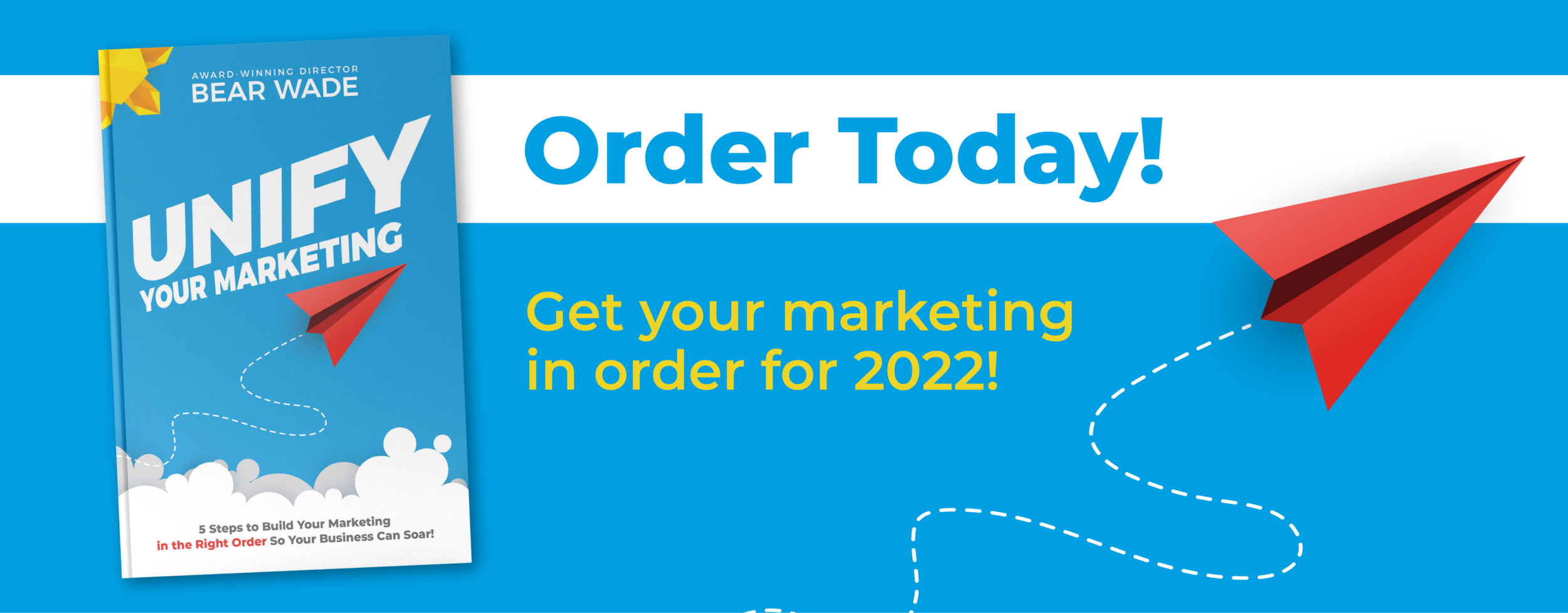Why is your brand identity so integral to building your marketing and branding strategy? The components of your brand identity don’t only convey who you are – they define the types of products and services you’re providing. They also help you establish positioning (e.g., where your products/services stand in the marketplace).
In the absence of the knowledge highlighted above, it’ll be impossible to develop an insightful, appropriate, and value-oriented pricing structure – our first step in the building stage.
Finding the best pricing structure is a delicate balancing act. It necessitates a profound understanding of your industry and your customer base. Having this knowledge will allow you to turn a profit while remaining competitive.
Here are some examples of pricing structures:
- Tiered Pricing: With tiered pricing systems, you’re offering scaled levels of service. The more a customer pays, the more intensive and bespoke the product/services become. Most often, this system starts with the “basic” package, moving all the way up to “Premium” or “Enterprise.”
- Software As a Service (SaaS) Pricing: SaaS pricing is used when a company hosts a product/app for its customers to access over the internet. Typically, this involves a periodic payment system. for periods of usage.
- Freemium Pricing: Here’s where companies offer some of their products/services for free as a marketing tactic to draw people into paid services.
Pro-tip: Whether you’re running a B2B or B2C business will also play a role in your pricing structure.
Once you solidify your pricing structure, you unlock the next step in your marketing strategy: developing your customer’s journey.
Your customer’s journey begins when they first discover your brand, continues toward their first purchase, and ought to last through many more purchases over their lifetime.
To craft the customer journey, you should focus on how your clients feel when they engage with your brand – not so much on the transactions themselves. Your goal is to create lifelong customers, making experience just as important as the brass tacks nuts and bolts of your business.
Fleshing out your customer journey will provide guidance when it comes to developing your:
- Domain name
- Website
- Sales funnel
- Social media channels
- Marketing campaign tactics
More to the point, all the above elements will adhere to your business model, maintaining cohesion and consistency. We can’t stress enough the importance of connecting all the dots in your marketing. A unified brand is an effective one.
After developing your pricing structure and customer journey, you can build your print media. This step includes brochures, business cards, postcards, handouts, and plenty of other physical, tactile branding materials.
Writing print materials is much easier when you precisely know who you are as a brand and what kind of experience you’re providing to customers. Those details give you a strong, confident voice because they shed light on critical details like word choice and narrative.



